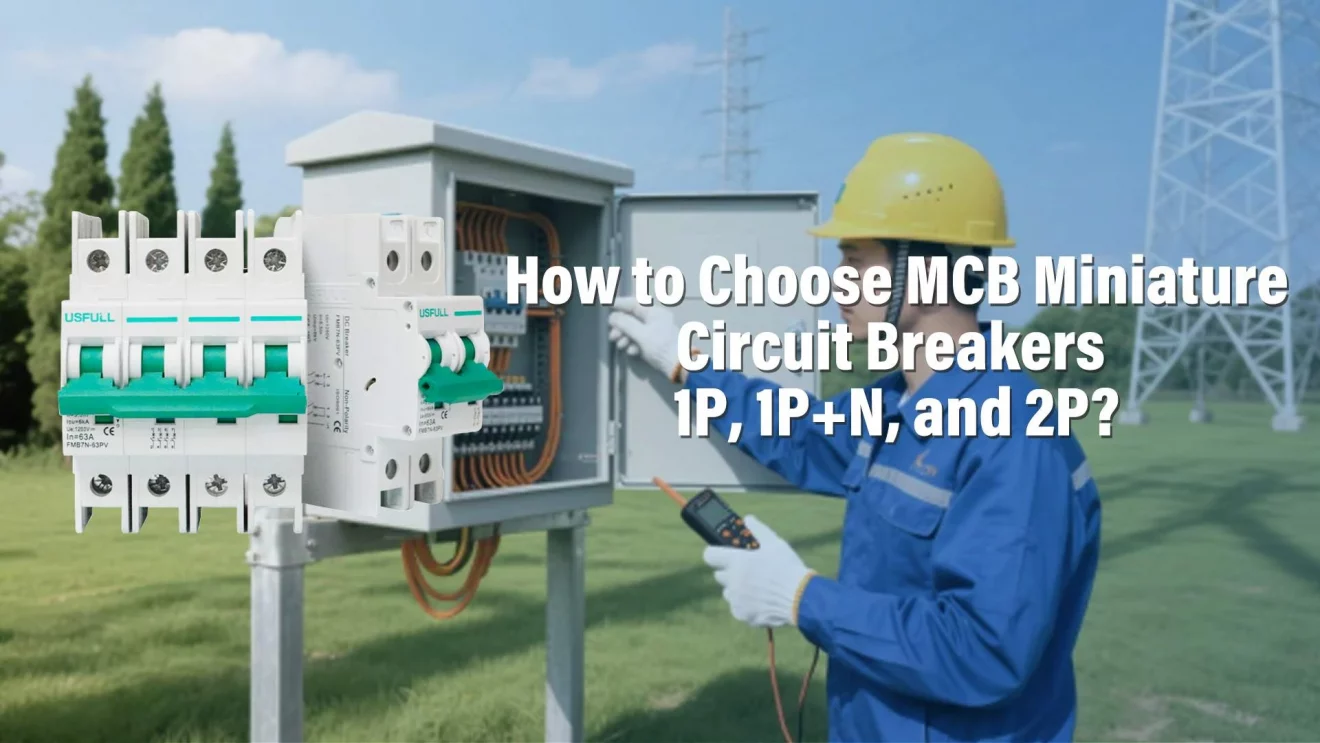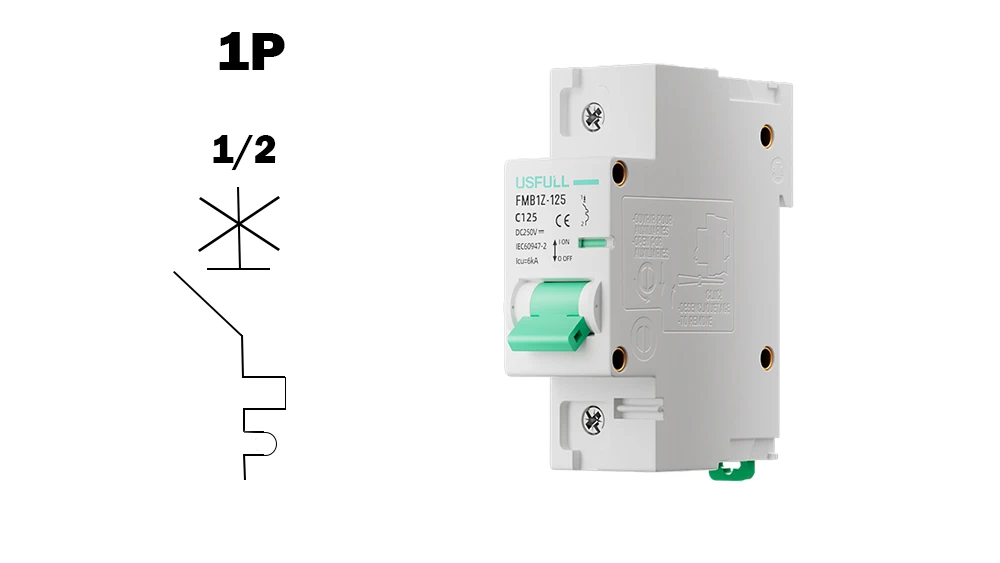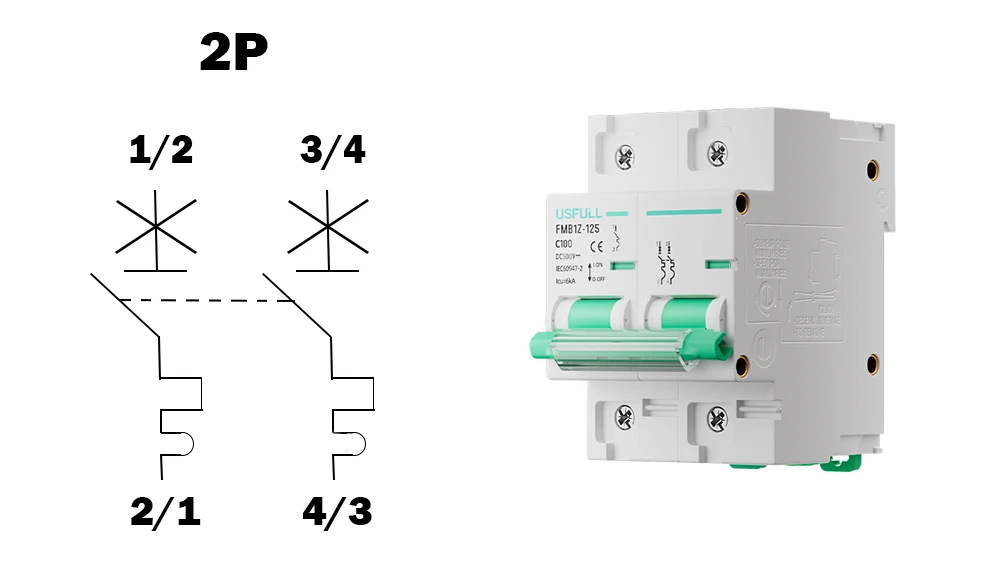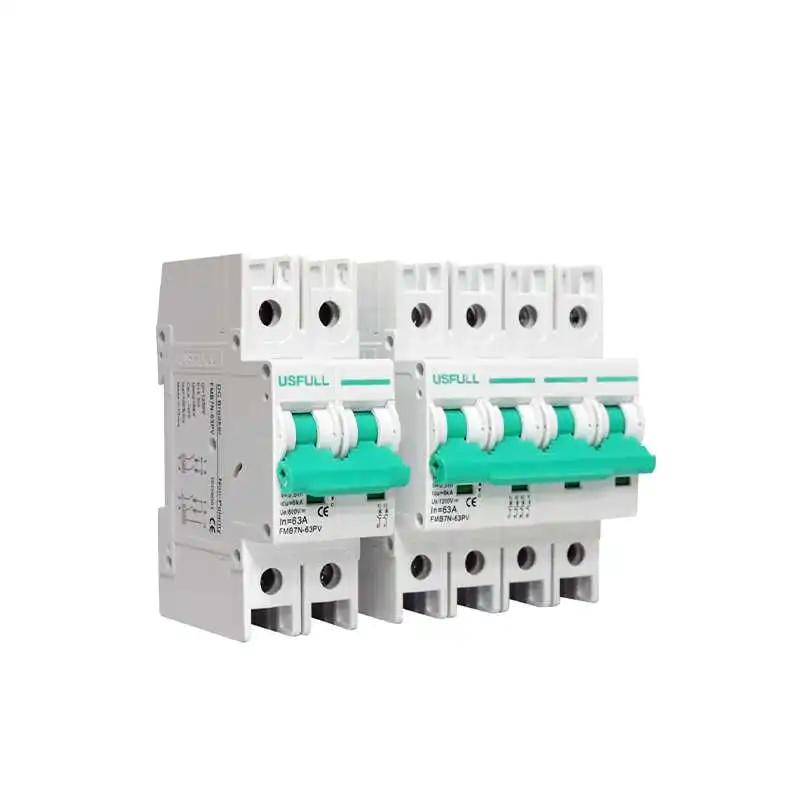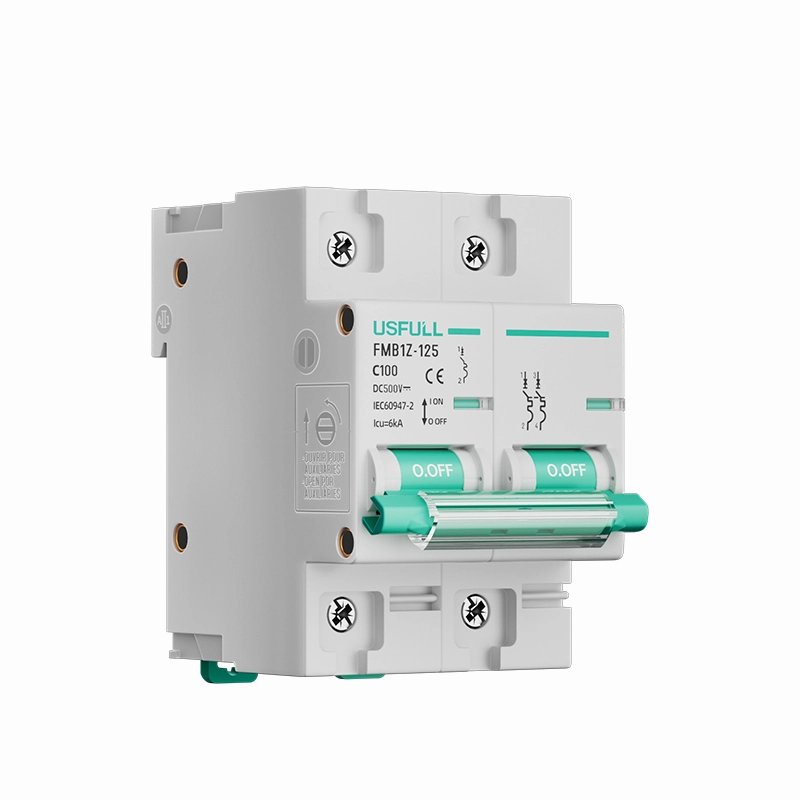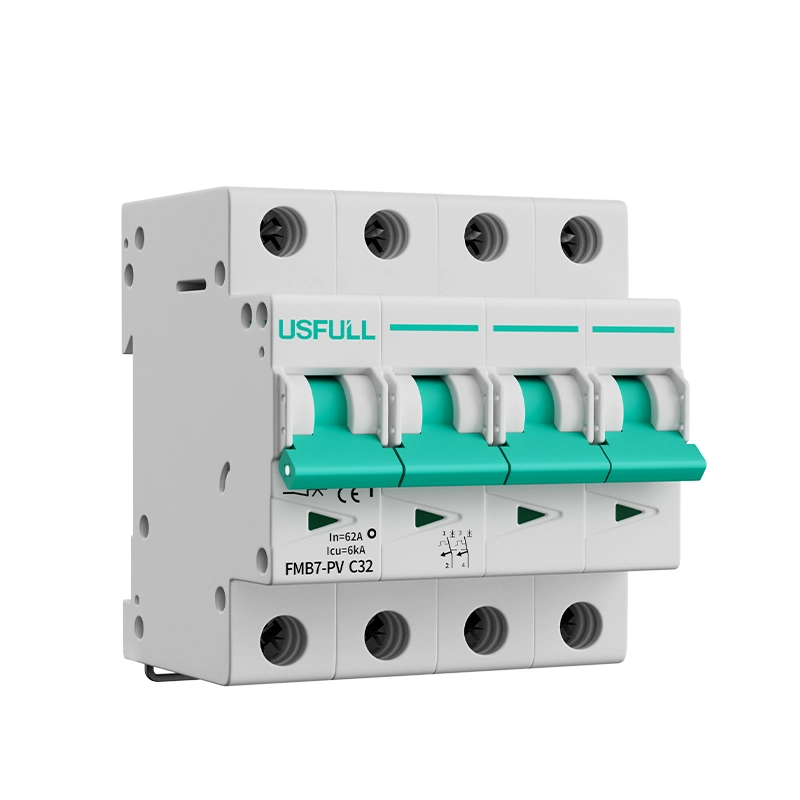When choosing MCBs, many buyers face confusion—wrong selection risks fire hazards, equipment damage, and costly downtime. The solution is learning how 1P, 1P+N, and 2P circuit breakers differ and where to apply them.
1P, 1P+N, and 2P MCB miniature circuit breakers differ in protection, application, and safety. 1P protects only the live wire, 1P+N disconnects both live and neutral for safer isolation, while 2P provides full dual-pole protection, suitable for critical or DC applications.
Keep reading to discover which breaker type suits your system best.
What do 1P, 1P+N, and 2P Mean?
An MCB (Miniature Circuit Breaker) is designed to protect electrical circuits from overload and short-circuit conditions. The difference between 1P, 1P+N, and 2P lies in how many poles are protected and disconnected.
1P: Single-pole protection, only the live wire (L) is monitored. It trips if the live conductor experiences overcurrent, but the neutral remains connected. This option is common in basic residential and office applications.
1P+N: Offers single-pole protection with dual disconnection. The live wire has thermal and magnetic protection, while the neutral is disconnected mechanically. This ensures full isolation, making it safer in outdoor, damp, or maintenance-sensitive environments.
2P: Both live and neutral conductors (or two energized wires in DC ± systems) are protected with thermal and magnetic tripping. This provides maximum safety, detecting faults in either conductor and disconnecting both instantly.
For buyers sourcing from a circuit breaker manufacturer in China, knowing these definitions ensures correct orders and avoids mismatched breaker circuit models.
What Are the Internal Protection Differences?
The structural difference between these breaker types explains their use cases.
1P MCB: Contains a bimetallic strip (thermal trip) and an electromagnetic coil (magnetic trip) only on the live conductor.
1P+N MCB: The live conductor carries the protective components, while the neutral is a follower contact. When tripped, both conductors disconnect simultaneously.
2P MCB: Both poles contain full protection mechanisms. If either conductor experiences overload or short-circuit, the breaker trips and isolates both.
For AC systems where only the live needs monitoring, 1P+N provides reliable isolation at lower cost. For DC breakers, however, 2P is essential since both positive and negative conductors must be equally protected.
Global buyers looking for a circuit breaker supplier for solar projects should prioritize circuit breakers with 2P design, ensuring maximum system safety.
Why Do Some Systems Require Disconnecting the Neutral as Well?
Disconnecting neutral (N) enhances safety and compliance:
Complete Isolation: Eliminates residual voltage, reducing the risk of shocks for technicians.
Overvoltage Protection: During lightning or induced surges, both conductors are safely cut off.
Grounding System Compatibility: In systems such as TN-S, TT, or IT, the neutral is not bonded to earth; leaving it connected may cause leakage or unsafe current paths.
Applications where breaker circuit isolation is crucial include:
Outdoor lighting and advertising installations.
Temporary power distribution at construction sites.
Laboratory and hospital outlets requiring all-pole disconnection.
For customers sourcing from a breaker AC manufacturer, always confirm that the neutral (or DC negative pole) is isolated for maximum safety.
Is 2P Always Better Than 1P+N?
At first glance, 2P breakers appear superior because both poles are fully protected. However, they are not always the most practical choice.
Advantages of 2P: Full protection, mandatory for circuit breaker applications, high-end appliances, laboratories, or medical equipment.
Limitations: Higher cost, larger physical size, and more space required inside the distribution box.
1P+N as a balance: When only the live current matters and you simply want safe neutral disconnection, 1P+N offers the same isolation benefits at a lower cost.
Thus, selection depends on budget, space, and system criticality. An experienced circuit breaker supplier can advise whether your project demands 1P+N or full 2P protection.
Can 1P+N Be Used in TN-C or TN-C-S Systems?
Yes, but its value is limited. In TN-C systems, the neutral and earth are combined into a PEN conductor. In such cases, disconnecting N separately is not meaningful, as safety standards already allow single-pole protection.
However, forward-looking projects sometimes choose 1P+N even in TN-C-S environments, anticipating future upgrades to TN-S or for the sake of maintenance convenience. Buyers sourcing from a circuit breaker manufacturer in China should match breaker types to the intended grounding scheme to avoid over- or under-specification.
Can 1P+N replace 2P for protecting two live conductors?
No, this is a common mistake. The neutral side of a 1P+N breaker lacks thermal and magnetic protection. If connected to a live conductor, it will not trip independently during overload or short-circuit.
Only a 2P MCB ensures both poles are monitored. For breaker AC applications, such as photovoltaic arrays or battery systems, using 1P+N in place of 2P creates severe safety hazards. Always specify 2P AC breakers for ± poles.
A reliable circuit breaker manufacturer will clearly mark this distinction to prevent misuse.
What steps should you follow to select the right breaker?
Choosing the right miniature circuit breaker can be simplified into four steps:
Identify the grounding system: TN-C/TN-C-S usually require only 1P; TN-S, TT, and IT demand at least 1P+N.
Decide if both conductors require protection: If yes, select 2P. For circuit breaker use, 2P is mandatory.
Check short-circuit breaking capacity: Ensure the breaker’s Icu/Ics ratings meet or exceed expected fault levels.
Balance budget and space: 1P is compact, 1P+N is a balanced choice, while 2P occupies more space but provides full protection.
Working with an experienced circuit breaker supplier like USFULL Electrical Products Manufacturer, with 90+ export markets and multiple certifications, ensures you receive tested, reliable solutions for residential, industrial, and solar projects.

